“Tranquility Base here. The eagle has landed.” Neil Armstrong said so as the Apollo Lunar Module Eagle touched down on the lunar surface on Sunday, July 20, 1969, at 20:17 UTC.
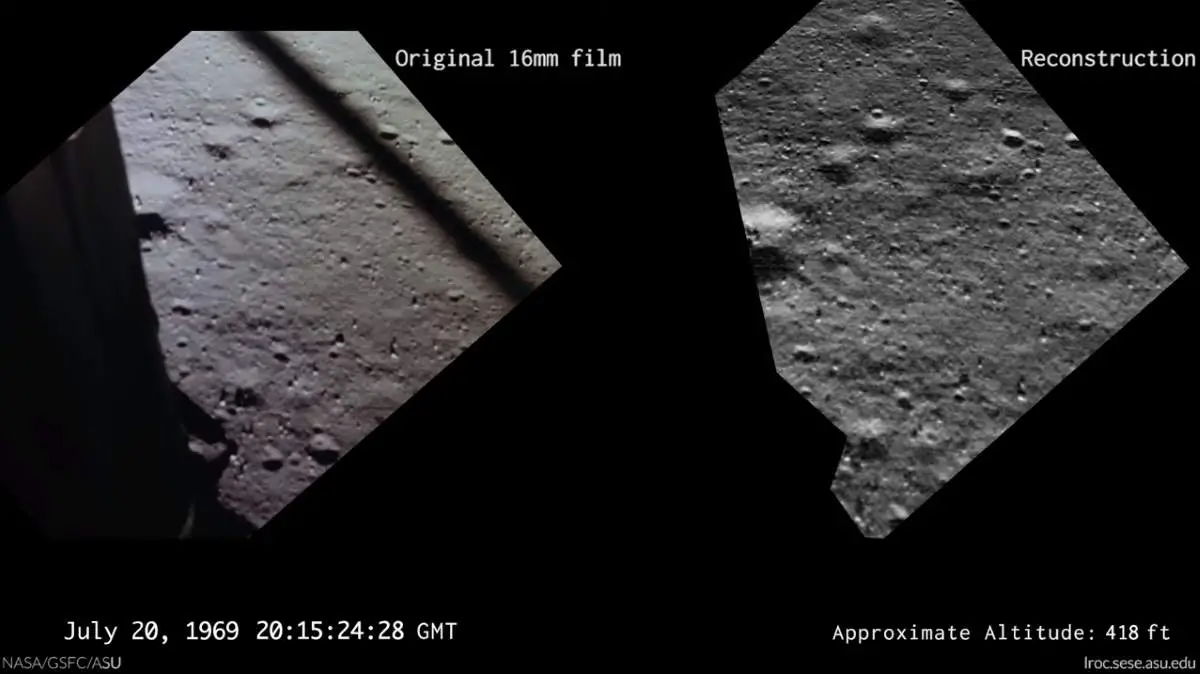

“Tranquility Base here. The eagle has landed.” Neil Armstrong said so as the Apollo Lunar Module Eagle touched down on the lunar surface on Sunday, July 20, 1969, at 20:17 UTC.
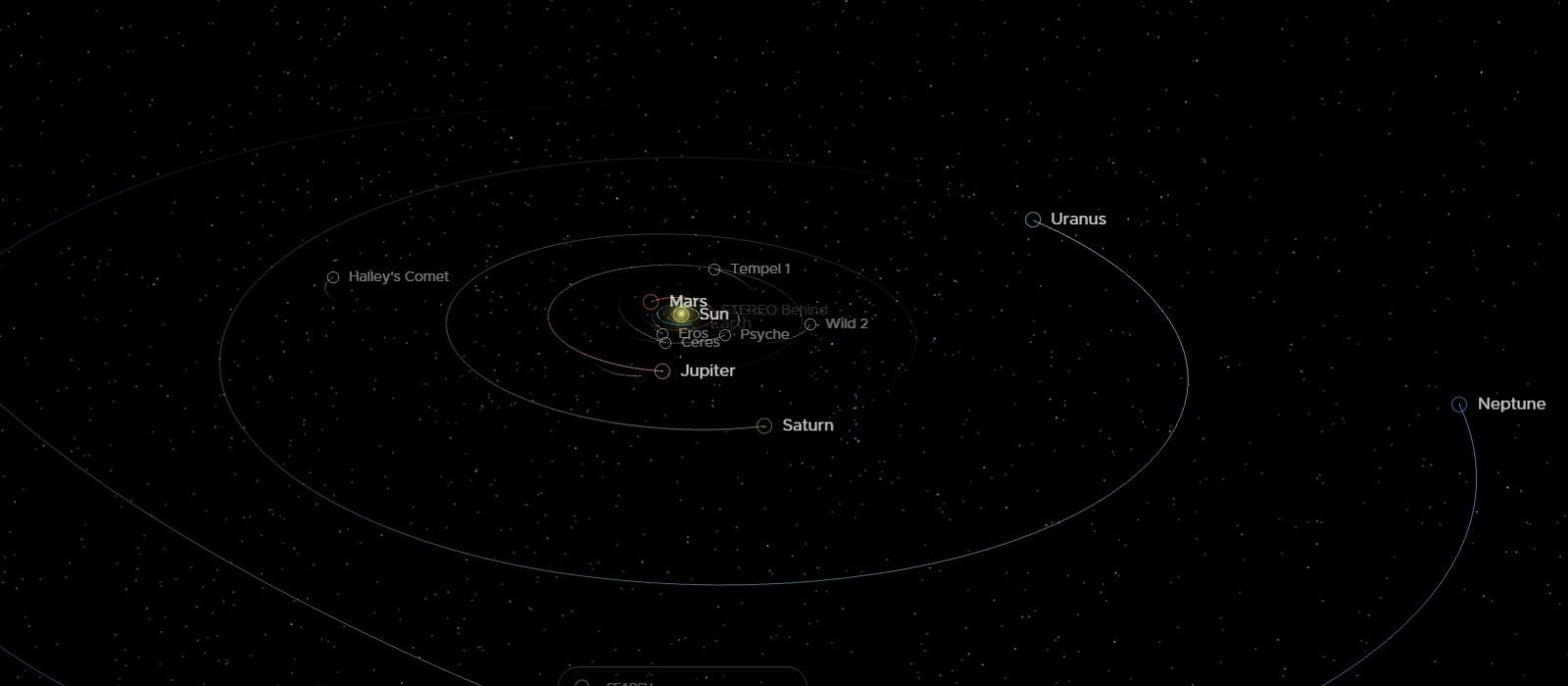
To see exactly where the spacecraft and the celestial bodies (planets and other astronomical objects) really are, right now, you can use NASA’s real-time, 3D solar system model.
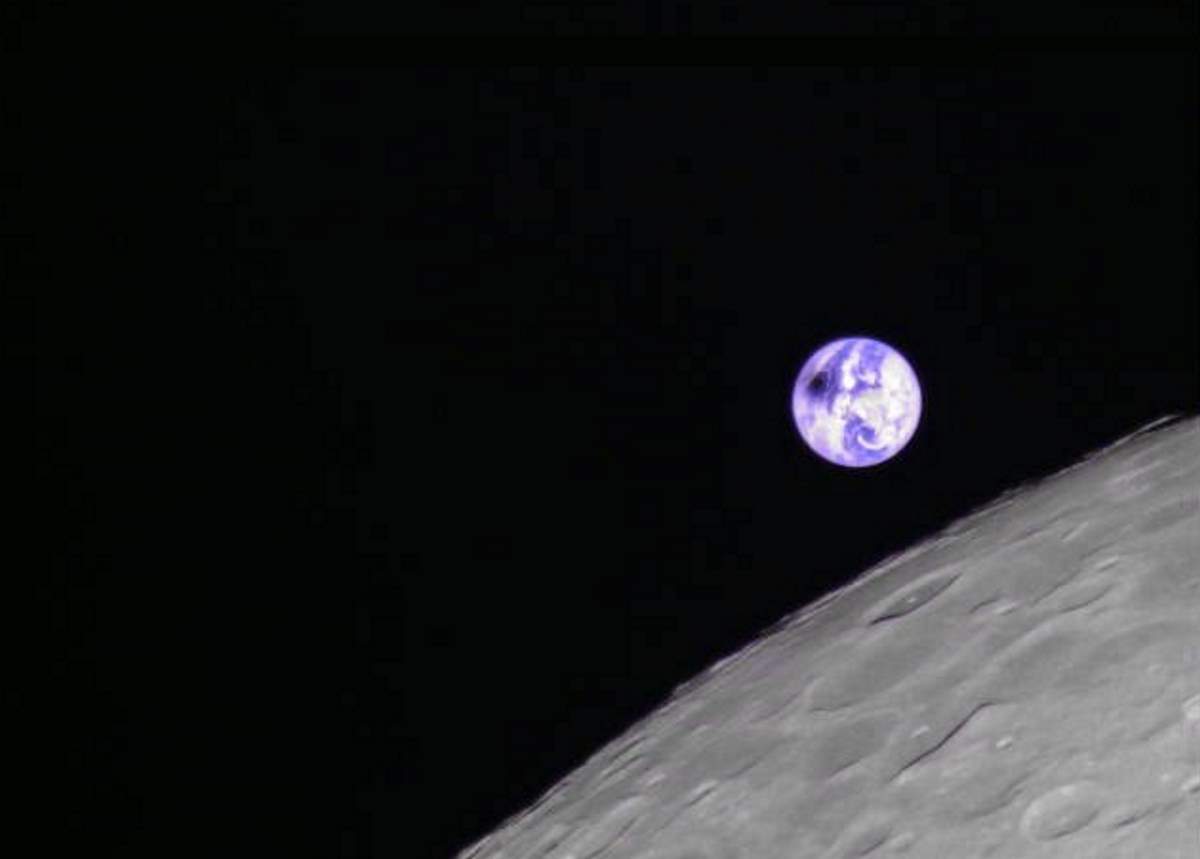
This amazing photo of the 2019 Solar Eclipse from the Moon’s orbit was taken on July 2, 2019, by the Chinese lunar satellite DSLWP-B (Longjiang-2).
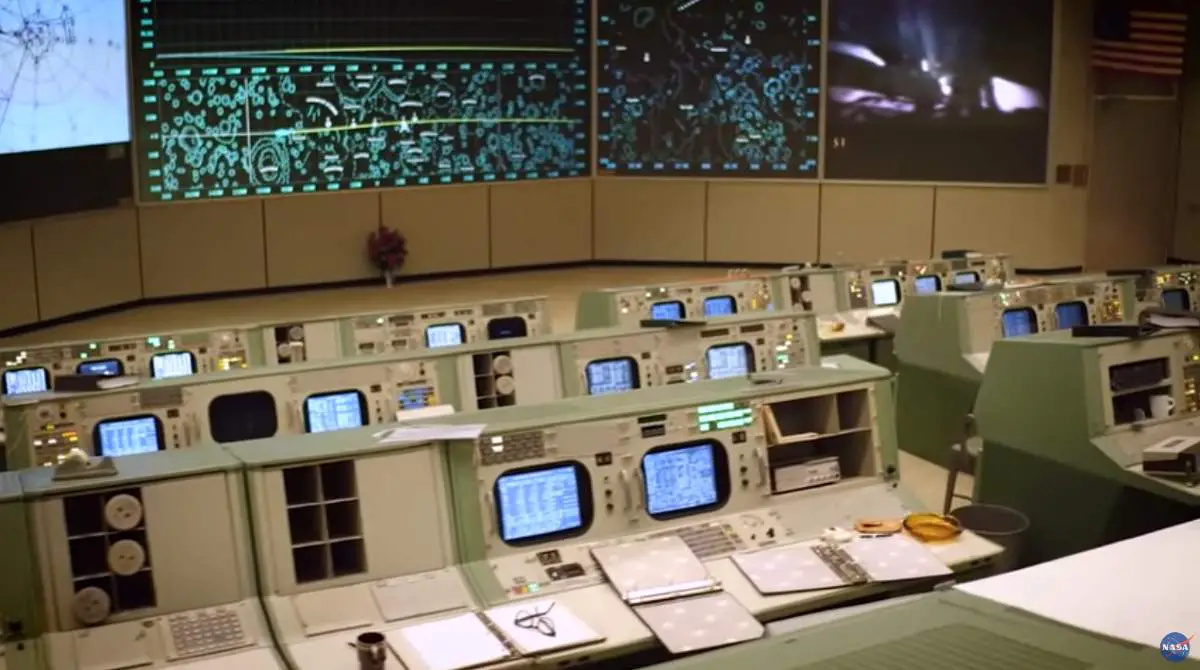
The historic Apollo mission control room in Houston has been fully restored by NASA for the 50th anniversary of the Apollo 11 mission. Now it provides a snapshot of how it looked during the first Moon landing on July 20, 1969.
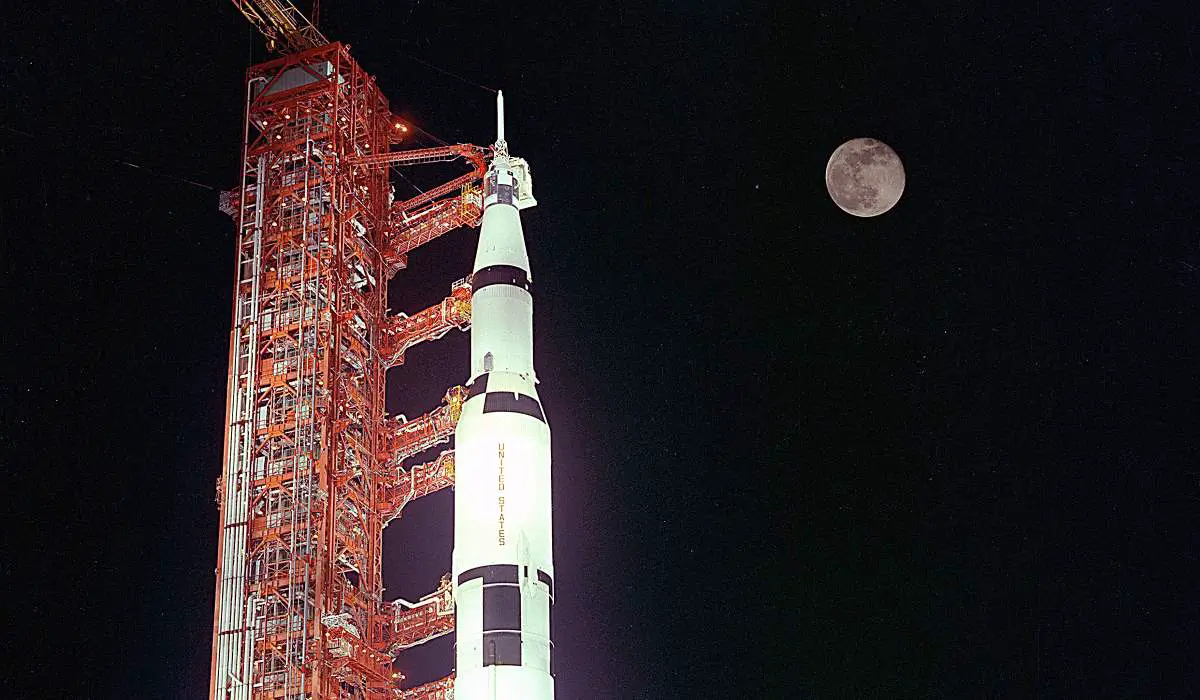
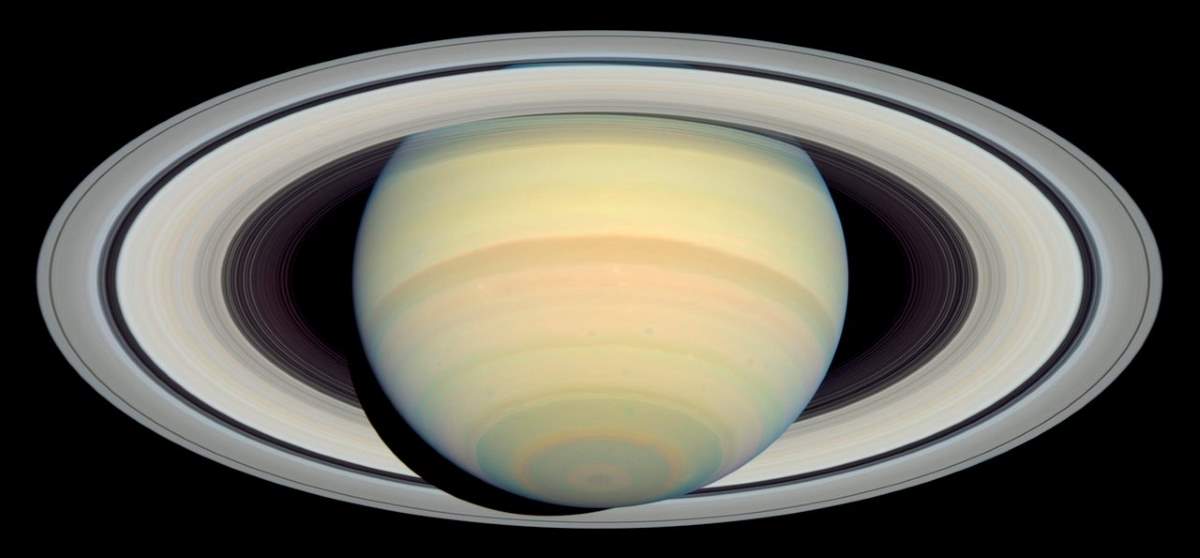
Hubble Space Telescope was launched on April 24, 1990, and entered service on May 20, 1990. Since then, it has observed all the planets in our Solar System, apart from Earth and Mercury. Earth is far better studied by geologists on the ground and specialized probes in orbit. Hubble can’t observe Mercury as it is too close to the Sun, whose brightness would damage the telescope’s sensitive instruments.
Here are the best images of the planets (except Earth and Mercury) and some non-planets of our Solar System through the eye of the Hubble Space Telescope.
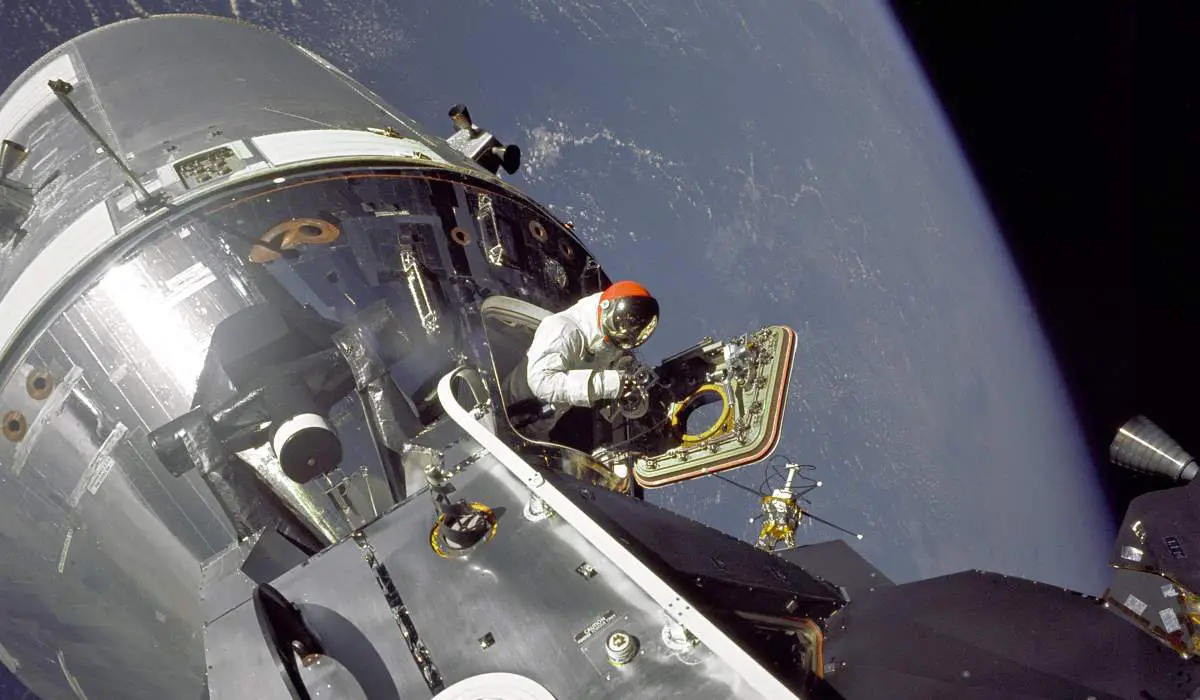
An amazing view of Earth from Apollo 9: on March 6, 1969, with the Command/Service Modules docked with the Lunar Module and Earth in the background, astronaut Dave Scott opens the hatch of CSM (“Gumdrop”) for his extravehicular activity (EVA) to test some of the spacesuit systems that will be used for lunar operations. Astronaut Rusty Schweickart took the picture from outside the Lunar Module, “Spider” at approximately 249.5 kilometers above the Earth. The entire EVA lasted 37 minutes.
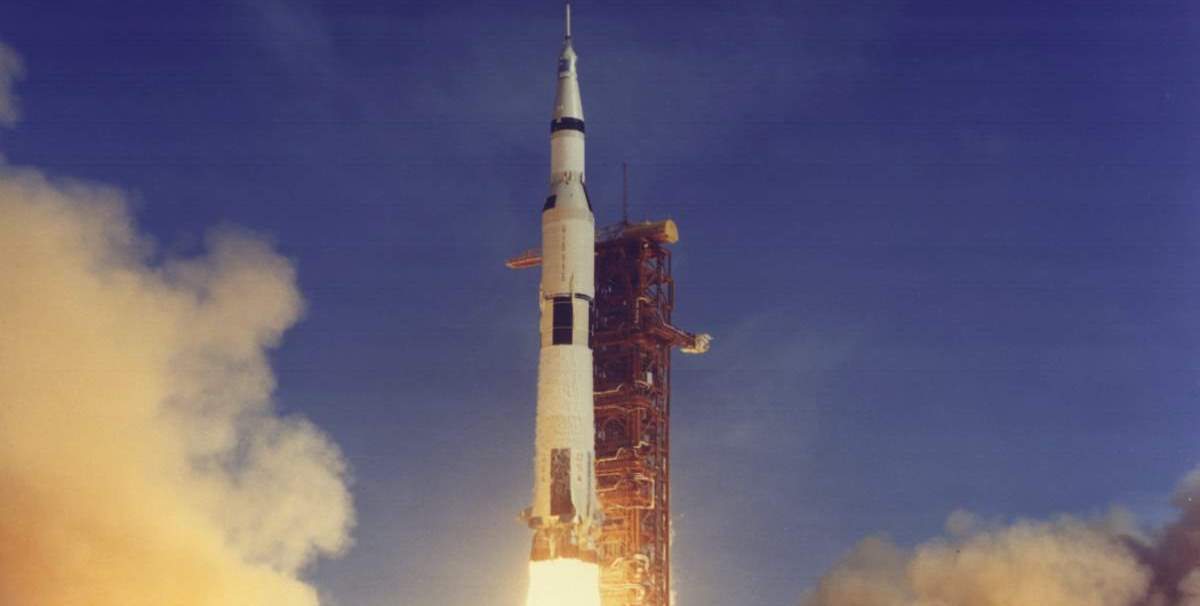
I am one of the few African-American aerospace engineers who helped design the Apollo spaceships that took men to the Moon. My great-grandfather was a slave in Claiborne, Alabama, who used primitive tools to work the land. My father was born in Alabama before the Wright brothers made mankind’s first flight. He lived to see men walk on the Moon, twin robotic biology labs land on Mars, and a fleet of four space probes on their way to the stars. But many black people, like the late Reverend Ralph Abernathy, felt that the money used to make these amazing things happen would have been better spent on helping the poorest descendants of American slaves.
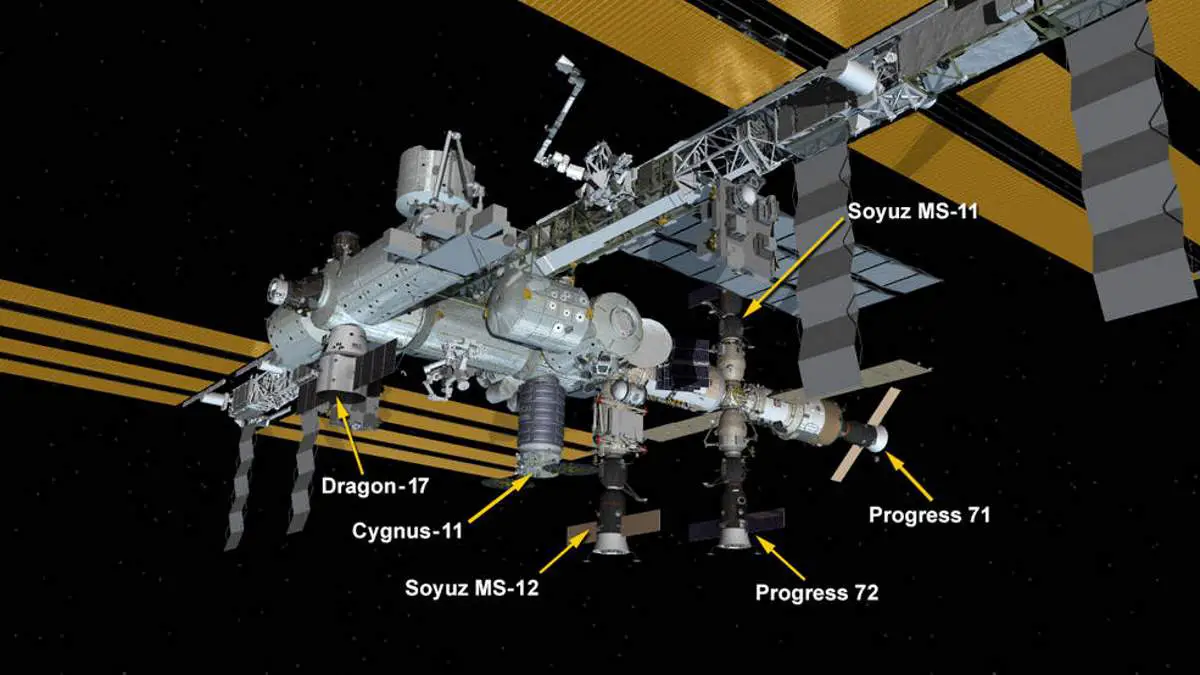
On June 2, 2019, the International Space Station (ISS) team published a photo on their Twitter account showing a total of six spacecraft parked at the orbiting laboratory.
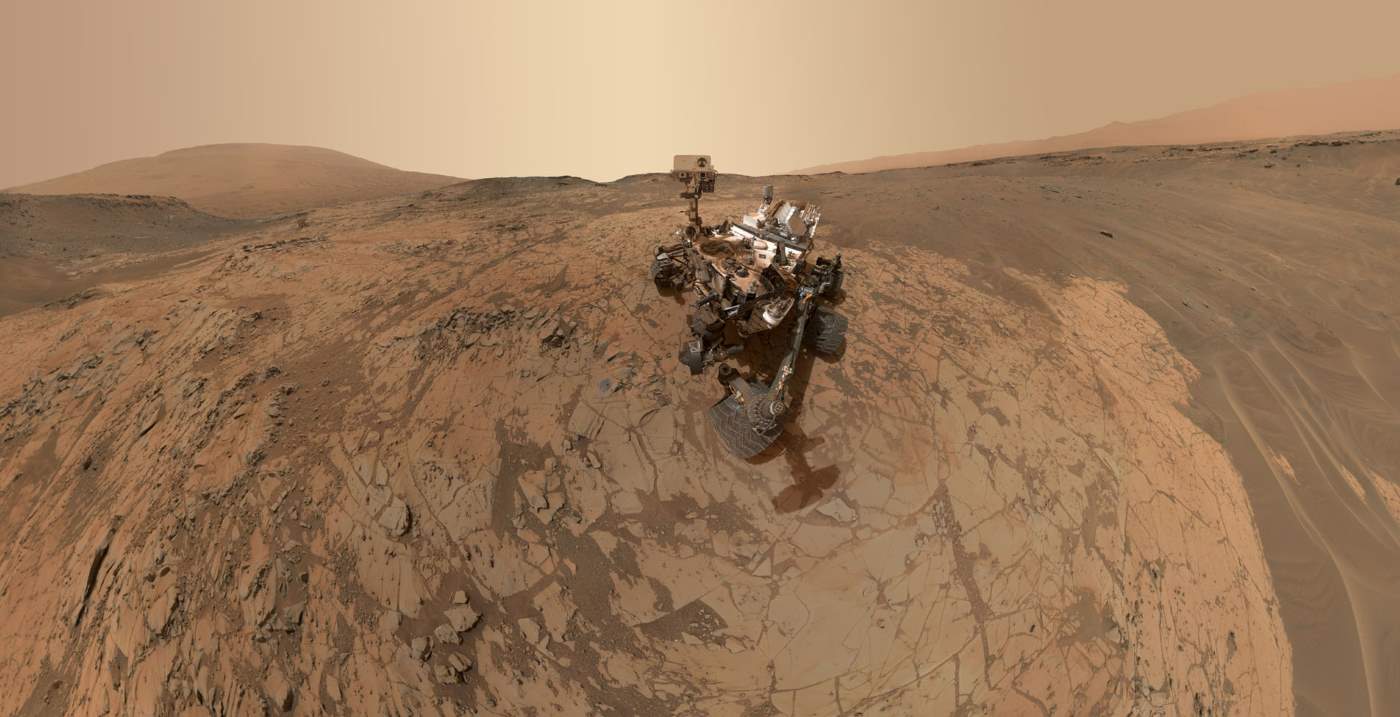
NASA has published a video showing Curiosity Rover‘s (Mars Science Laboratory) proposed route on Mars’ Mount Sharp (Aeolis Mons), a mountain rising 5.5 km (18,000 ft) high from the valley floor. The animated video shows what it would be like to soar over Mount Sharp, officially Aeolis Mons, which the Curiosity has been climbing since 2014.